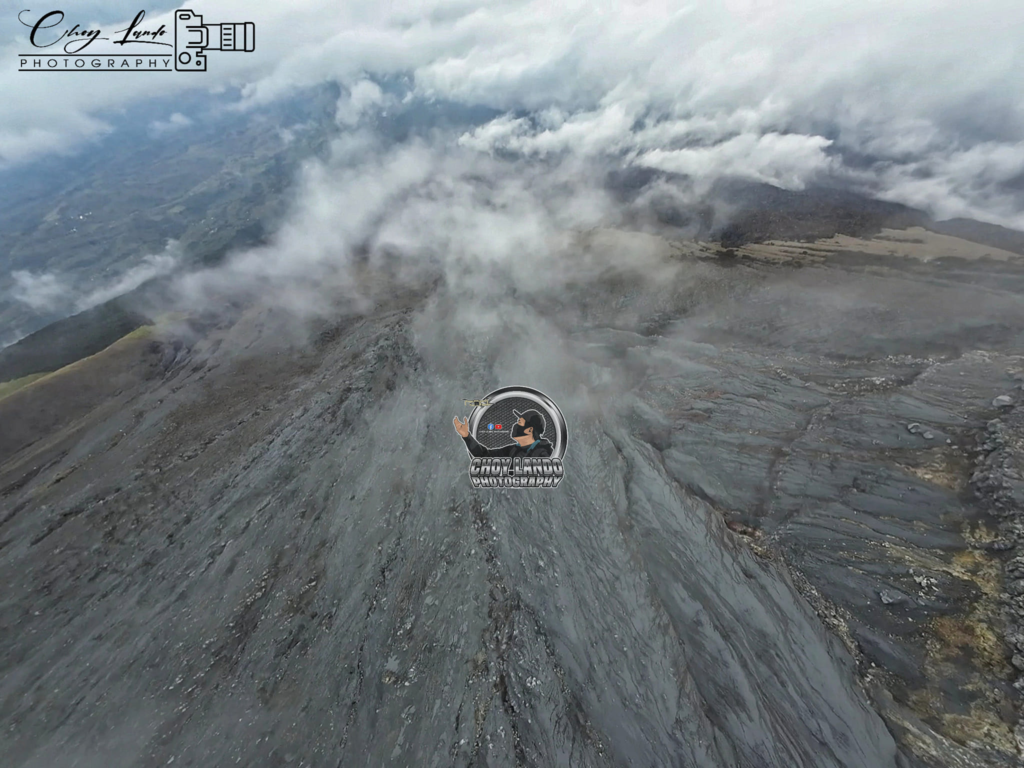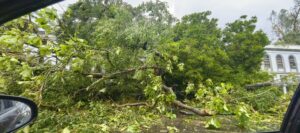The Philippine Institute of Volcanology and Seismology (PHIVOLCS) is monitoring Kanlaon Volcano closely after a significant increase in sulfur dioxide (SO2) flux was recorded.

As of June 9, 2024, PHIVOLCS measured an SO2 flux of 3,304 tonnes/day. While there is a significant decrease from the previous day’s (June 8) measurement of 4,397 tonnes/day, but still it is above background levels.
The increase in SO2 flux indicates possible magmatic activity.
PHIVOLCS maintains the Alert Level 2 and is closely monitoring the volcano and advises residents in nearby areas to stay vigilant and prepared for potential hazards.
The June 8 gas emission from the cater of Kanlaon is the highest emission this year measured by campaign survey and the second highest land-based measurement, according to PHIVOLCS.
It added that the volcano has been degassing increased concentrations of volcanic SO2 this year at an average rate of 1,458 tonnes/day, but emission since the 3 June 2024 eruption has been particularly elevated at a current average of 3,347 tonnes/day.
In addition, above background volcanic earthquake has persisted at an average of 33 events/day since the eruption.
According to USGS.gov, sulfur dioxide is a colorless gas with a pungent odor that irritates skin and the tissues and mucous membranes of the eyes, nose, and throat. SO2 emissions can cause acid rain and air pollution downwind of a volcano, it added.
As of Sunday, June 9, about 4,000 La Castellana residents are in evacuation centers La Castellana Mayor Rhummyla Nicor Mangilimutan.
While the volcano has remained calm over the weekend, Mangilimutan said that residents in some villages close to Kanlaon Volcano reported the strong odor late Saturday, June 8.








